
In object-oriented programming in Java, methods play a crucial role in defining the behavior of classes and objects. They allow you to perform operations, manipulate data and interact with other objects. They allow you to perform operations, manipulate data and interact with other objects. In this article, we will explore methods in Java, their characteristics, and how to use them effectively.
Methods are blocks of code within a class that define the behavior of objects. They can perform calculations, modify attributes, and interact with other methods and objects.
Access Modifier:Sets method visibility (e.g. 'public','private').
Return type:The type of data the method returns (e.g. 'int','string') or 'void' if it returns nothing.
Method name:Method identifier.
Parameters:Values that the method can receive to operate.
Method body:Code block with method logic.
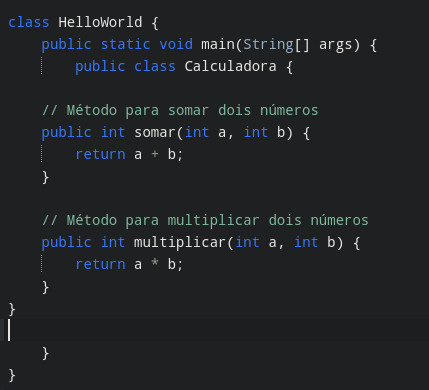
Meter
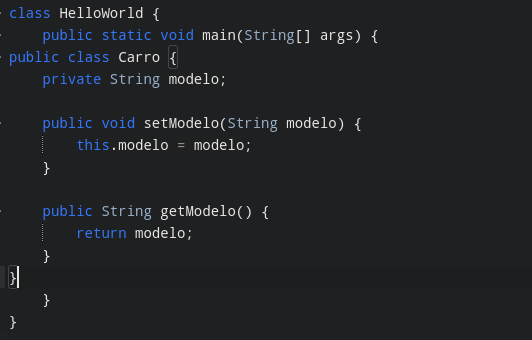
Static methods belong to the class, not a specific instance. They cannot directly access instance attributes.

Abstract methods are declared in abstract classes and must be implemented by subclasses. They have no body in the abstracted class.
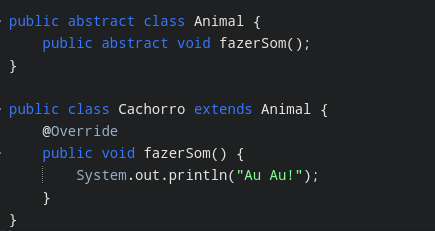
Access modifiers control the visibility of methods:
Overload found
Permissive Overload
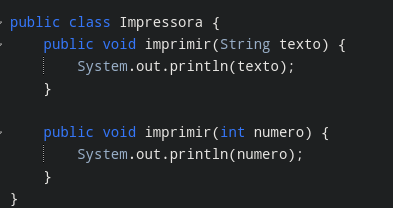
Replaced by Method
Replaced by
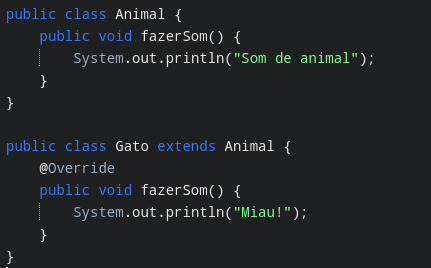
Methods are a fundamental part of Object Orientation in Java, allowing you to define and manipulate the behavior of objects in an organized and efficient way. Understanding how to create, use, and manage methods is essential to writing clean, functional code.
I hope this article helped clarify the concept of methods in Java and how to apply them in your applications.
The above is the detailed content of Object Orientation - Methods in Java. For more information, please follow other related articles on the PHP Chinese website!




